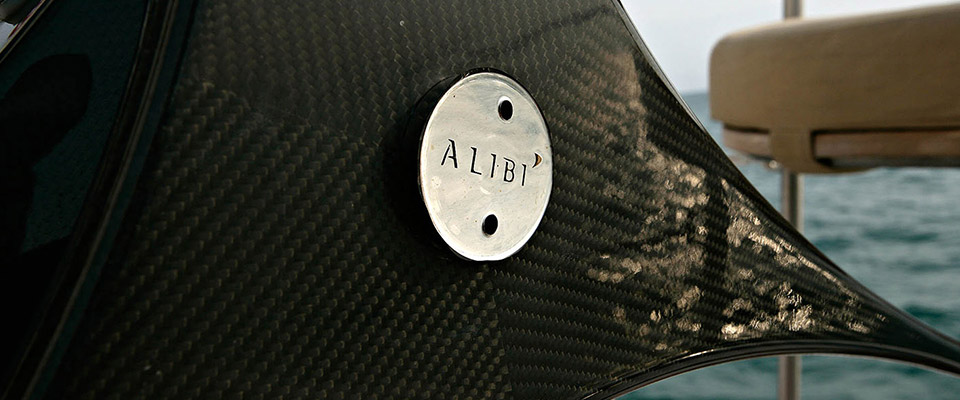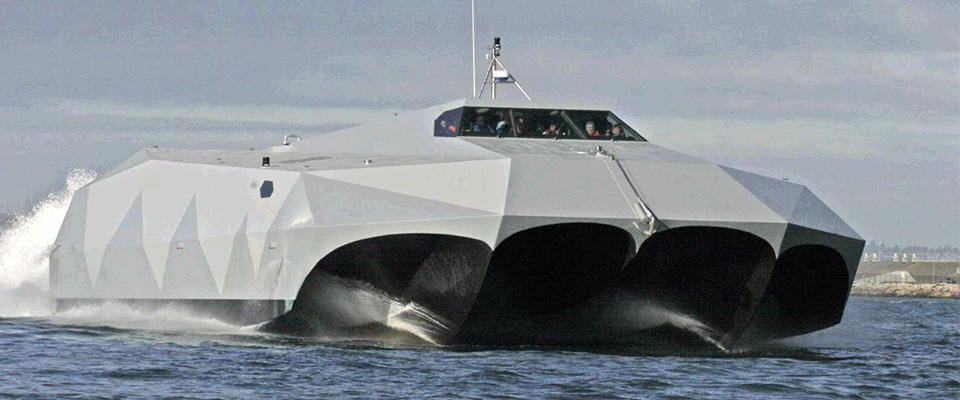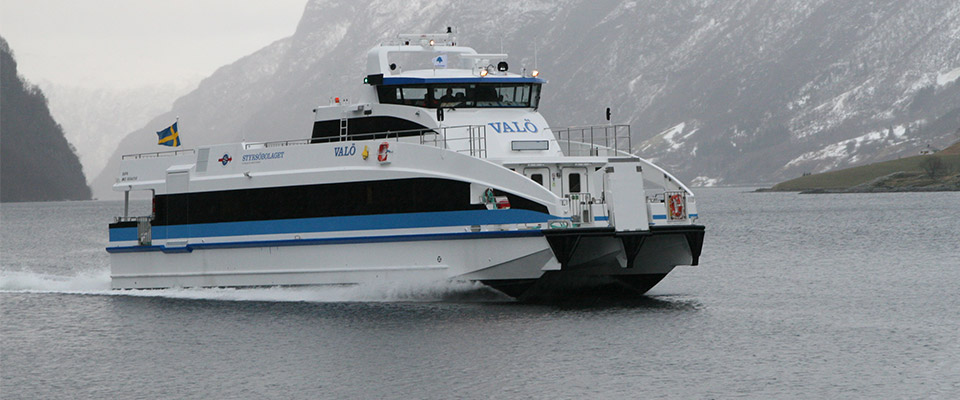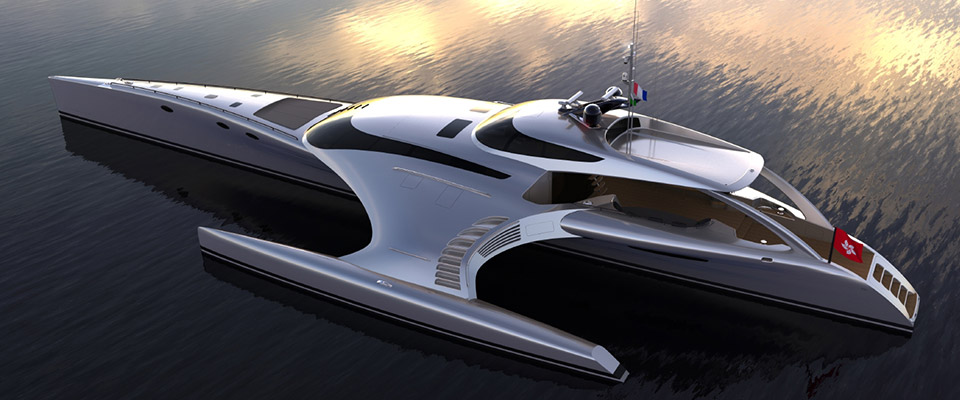It’s a known fact that composite materials are used in a variety of different applications. Interestingly, composite materials have been used for decades not only in cars, aerospace equipment and air crafts. They are also used extensively in nautical vessels, electrical equipment and consumer products.

These materials have become an extremely popular and cost effective way of creating products that can withstand some serious wear and tear. In years past, composite materials were considered space age materials. Alot has changed since the days of the early composite history. No longer are composites considered space age materials designed for use in aircraft designed to explore the skies. Now, you can see composite applications used in a number of products. For this article we will look at how composites are used in nautical ships and other vessels.
Did you know that nautical vessels were for years, required to only be made of steel? Yep, it’s true. Up until a little over a decade ago, composite materials were considered hazardous in the ship building industry. Because of the chemical makeup of the chemicals used, concerns over toxic fumes in the event of a fire on vessels worried officials in charge of overseeing the safety standards of vessels.
Eventually,a material that was created to withstand the rigors of the ocean and at the same time be fire retardant was approved by SOLAS (Safety Of Life At Sea). Good news for the ship building industry. The approval of using composites in ships allowed shipbuilding companies to save money associated with building ships, which steel predominately dominated as building material.
The shipping industry itself saw some major benefits as well. Composites are cheaper to create then steel and their lightweight nature and strength allowed for decreased maintenance. Additionally, because composites are so lightweight, the ability to decrease fuel consumption was a huge benefit.
Once it had become determined that fiberglass composites could be safely used in the construction of ships, further attempts to use materials like carbon and aluminum were sought.To this day, shipbuilders are still experimenting with ways to use composites and further improve the fire rating and safety of these materials.

M80 Stiletto – America’s Largest Carbon Fiber Ship
While the rules for using composites in large vessels (ships) was changed in 2002, composites materials have been used for quite a while in the boating industry.
Fiberglass, a combination of a weaved cloth material and glass fibers were incorporated into the building of boats around the early 1950′s. The catalyst to create a composite out of these materials was resin, which when mixed created fiberglass after it was set and dried.
You also see composites of fiberglass used when making surfboards. Initially, like boats, surfboards were once made of wood which when fiber glassed, created a strong reinforced waterproof outer shell. Fiberglass is now the composite of choice in the surfboard industry and has been for the past 40 years.
More recently, scientist have been involved in a new project, the Lightweight Structures At Sea Project(LASS). This project is responsible for two major ship building projects using composite materials as the chief ingredient in the building process. Composite materials have in essence, changed the course of how we build ships. The benefits of using lightweight materials that create a vessel that is not only seaworthy but safe has at last reached it’s fruition. Take a look at this link to see how the advances made in composites used for vessels have changed the ship building industry.

Valö, the world’s first HSC-classed vessel built in carbon fibre composite, owned by Styrsöbolaget in Sweden
You can see that the ship industry has benefited threefold with the incorporation of fiberglass composites in production. Not only have we found a way to produce a lightweight vessel which is safe, we have also found a way to decrease fuel consumption and increase the lives of the vessel itself.
In the future we are sure to see some more advances designed to not only increase the productivity of ships but to also create a safer, more effective vessel! Take a look how composites used for building ships has increased productivity and contributed to safety in the industry here.
